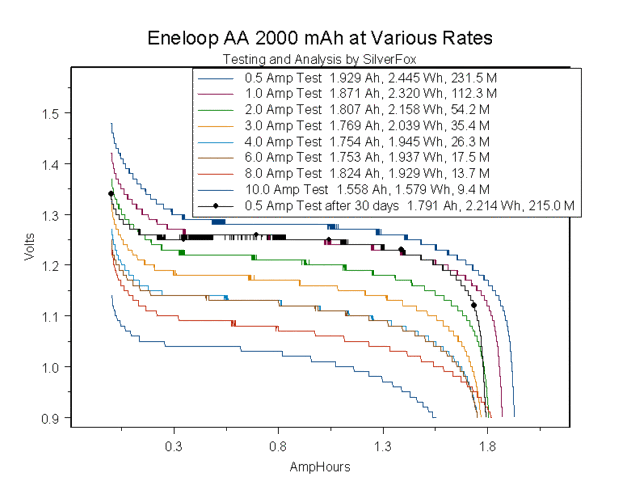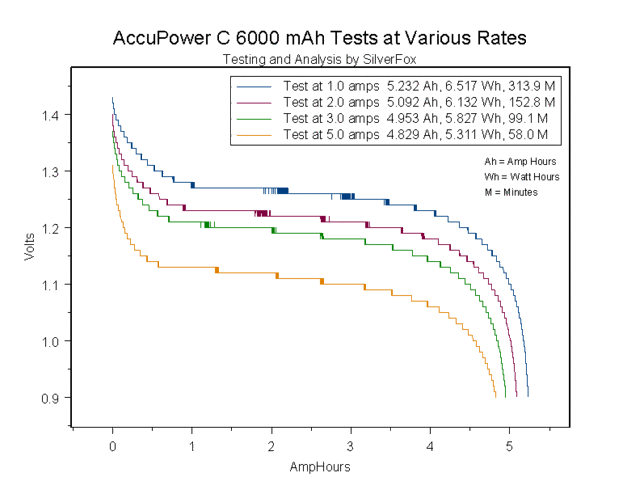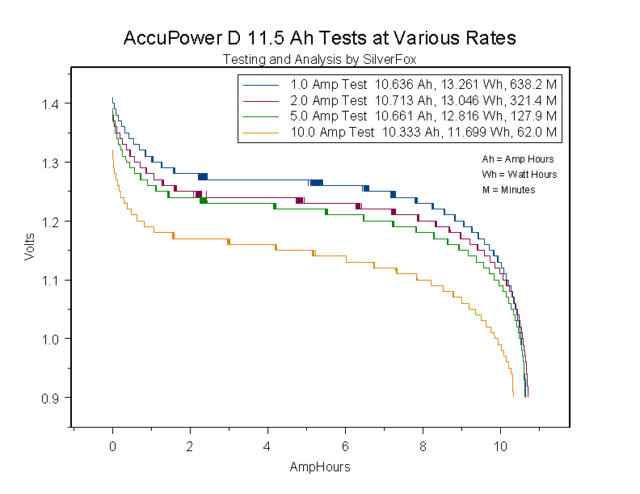The BBNG uses the TPS61030 boost IC. Here is a description from the datasheet for the IC's startup procedure:
"When the device enables the internal start-up cycle starts with the first step, the precharge phase. During precharge, the rectifying switch is turned on until the output capacitor is charged to a value close to the input voltage. The rectifying switch current is limited in that phase. This also limits the output current under short-circuit conditions at the output. After charging the output capacitor to the input voltage the device starts switching. Until the output voltage is reached, the boost switch current limit is set to 40% of its nominal value to avoid high peakcurrents at the battery during startup. When the output voltage is reached, the regulator takes control and the switch current limit is set back to 100%."
The IC spec also states 4A typical switch current limit. The startup current limit, as stated above, is 40% of the switch current limit, or 1.6A.
In my Vf measures in a previous post, I measured 3.37V for an SSC P4 driven by an SOB1000 driver (for both 2xLi-ion and 4x123A battery sources), and 3.27V for the SSC P4 driven by a BBNG1000 driver (2xAA Eneloop battery source).
My assumption from before was that 3.37V is probably the Vf at 1000mA drive current (If) for that particular LED, since 2xLi-ion and 4x123A have input voltages far above what the SOB1000 needs to run in regulation.
The question is if the P4 being driven by the BBNG is running at 1000mA drive current or something lower. The lower Vf suggests that the BBNG isn't running full-speed, although Vf for LEDs certainly has enough variation that 3.27V could be the Vf at 1000mA drive current.
So, now let's factor in the specs for the TPS61030 IC being used in the BBNG.
If we assume BBNG1000 efficiency of either 80% or 90%, Vf of either 3.27V or 3.37V at an If of 1000mA, and Vbatt of 2.4V:
(0.8 or 0.9) * 2.4V * Ibatt = (3.27V or 3.37V) * 1A
We get
Ibatt (80% efficiency, 3.27V Vf) = 1.7A
Ibatt (90% efficiency, 3.27V Vf) = 1.5A
Ibatt (80% efficiency, 3.37V Vf) = 1.76A
Ibatt (90% efficiency, 3.37V Vf) = 1.56A
If Vbatt is closer to 2.5V, then we could get
Ibatt (80% efficiency, 3.27V Vf) = 1.6A
Ibatt (90% efficiency, 3.27V Vf) = 1.45A
Ibatt (80% efficiency, 3.37V Vf) = 1.69A
Ibatt (90% efficiency, 3.37V Vf) = 1.5A
So, depending on BBNG efficiency and Vbatt, the IC may or may not be running in regulation. Another variable is that the switch current limit is also spec'ed at a minimum of 3.6A and a maximum of 4.5A. Thus, the startup current limit can range from 1.44A to 1.8A, with a typical value of 1.6A.
I guess the best one can say right now is that trying to run in regulation for a BBNG1000 driving a Seoul P4 U2xxH-bin with 2xNiMH is cutting it close.
But even if the BBNG isn't running in regulation, IIRC Wayne at The Sandwich Shoppe estimated that the safe mode If is around 750mA, which still should give at least 180 emitter lumens.
At least for me, there is the remaining question as to why the measured current at the tail doesn't read higher than the 1.2A observed. One would think that the current at the tail would be more like 1.4A-1.6A, running or not running in regulation. That's one reason why I wonder about DMM sense resistance and DMM probe resistance effects.
Edited:
This
NiMH shoothout thread by Silverfox shows the performance of AA Eneloops and Accupower C and D cells. Here are the three graphs reproduced below:
For the C and D cells, fully charged NiMH cells can hold above 1.3V even under 2A loads for around 15 min to 1 hour. The Eneloops, in comparison, look like they can hold above 1.3V for about 2 min. Still, this should be enough to start the BBNG in regulation. Let's see. Now, we assume that Vbatt=2.6V. This gives
Ibatt (80% efficiency, 3.27V Vf) = 1.57A
Ibatt (90% efficiency, 3.27V Vf) = 1.4A
Ibatt (80% efficiency, 3.37V Vf) = 1.62A
Ibatt (90% efficiency, 3.37V Vf) = 1.44A
This looks better, though still close for the usual conditions of lower driver efficiency and-or higher Vf.
What I plan to do is charge up my Eneloops and test them hot off the charger in my 2C Mag mod to see what Vf I might measure. Maybe this is also the motivation to buy some C and D NiMH cells and see what difference they might make.
Edited:
I charged my Eneloops in the Eneloop charger, pulled the cells, and then let the cells sit overnight. I then popped them into my Maha C401FS charger and topped off the cells. When the green light came on, I pulled the cells and they measured 1.486V and 1.492V (2.978V total, resting). Put the cells into the 2C Mag P4/BBNG1000mod and I measured Vf=3.28V.
I recharged the Eneloops and measured 1.499V and 1.503V, resting voltage. Current draw at the tail was 1.19A. I then left the light on for 10 min continuous. Upon removal from the 2C Mag, the cells measured 1.319V and 1.320V. I re-installed the Eneloops, didn't let the light cool down any additional amount, and measured 1.17A at the tail and Vf~ 3.24V. I measured 18,900 lux at 1 meter for the hot spot and 70 lux for the midpoint of the spill (same as with fresh Eneloops).
I also measured another P4/SOB1000 AW Turbo Tower running in a 12ZM. For both 4xSF123A (12.28V total, resting) and 2xAW17670 (8.40V total, resting), I measured Vf=3.30V.





